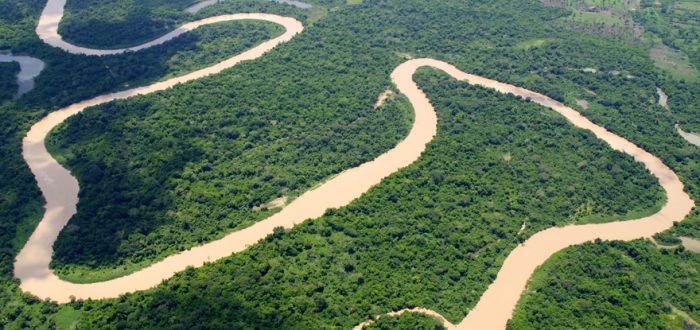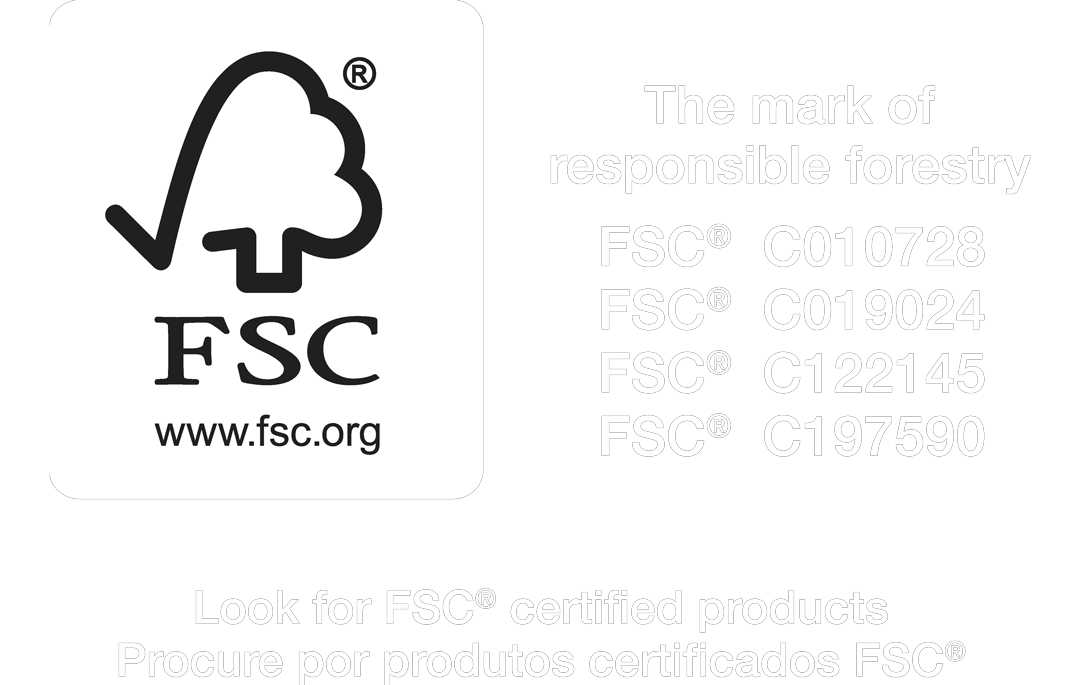The Brazilian law 12.651/2012, named Forestry Code, establishes norms and criteria for protection of native vegetation in two types of areas: Permanent Preservation Area (PPA) and Legal Reserve Area. In addition to addressing forest exploration and other issues involving the human interaction with forests.
The Permanent Preservation Area has the function of preserving environmentally fragile places such as springs, river and lake borders, hillsides and slopes, which can not be deforested to avoid erosion and landslides, besides to protect the biodiversity of these areas. APPs are untouchable natural areas, with strict limits, where it is not allowed to build, cultivate or exploit economically. PPAs that are degraded, that is, without cover by native vegetation, must be recovered.
The Legal Reserve Area refers to rural properties that must preserve a portion of their perimeter, maintaining in it the natural environment of the region in which they are inserted. By law, they must all maintain an area with native vegetation cover. The percentage of area to be maintained will depend on the type of biome and region. Its exploitation by sustainable forest management is allowed, provided that the limits established by law for the biome and vegetation of the property are obeyed.
For those who are involved in forestry and agribusiness activities, knowing the Forestry Code is fundamental to avoid fines and lawsuits. In addition, it has been done on the basis of extensive research on soil, water resources and biodiversity and all this knowledge can be easily accessed.
TRC values responsible practices in forest management and keeps deep respect for the environment.


 Português do Brasil
Português do Brasil 中文
中文


